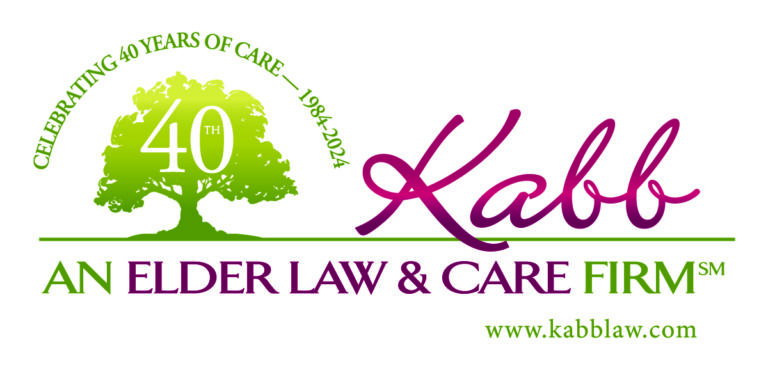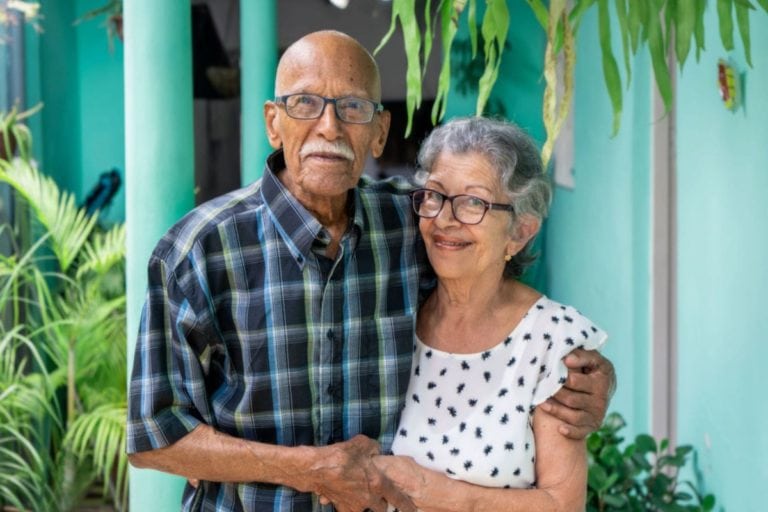Just How Old is The Oldest Old?
Do you think that the oldest of the old is 85-plus? If you do, you are wrong.
According to the US Census, 90-plus is the new “oldest old”. This segment of the population is exploding! Between the years “1980 and 2010, the number of Americans over the age of 90 tripled to 1.9 million.”
The Census projection is that this number will more than quadruple by 2050. Compare that to the number of Americans between ages 65 and 89. That group will only double in size by 2050.
Who are these 90-year-old youngsters living on their own? 88% are white, 61.3% completed high school or above, and 1 in 5 of the 90-plus men had a bachelor’s degree or higher. That figure is almost twice that of the 90-plus women. This disparity is attributed to the GI bill provisions for veterans after World War II.
A report from the Centers for Disease Control stated that people 90 and over make up 4.7% of all people 65 and older. Compare that to 1980 when 90-year-olds only made up 2.8% of the group of people aged 6 and older.
More Than Half of The “Oldest Old” Choose to Age in Place
“I vant to be alone!” So said Greta Garbo in the 1932 Oscar winner “Grand Hotel”
With our oldest old population growing, the question comes up, “Where are all these elderly folks living?”
According to Harvard University, “The growth of the nation’s older population presents opportunities for people to live healthier longer, and in the places and situations they want.”
More than half of 90-year-old are living in their own homes.
By age 90, 59% of Americans live in houses that they own, by age 95, 54% live in houses that they own.
This is so indicative of the fact that clinging to one’s home is part of the American dream. But it requires thinking it through and conscientious planning. If you want to stay in your home as you age, start saving now., and plan how you will manage on your own.
Successful Aging in Place Requires Planning
Aging in place successfully doesn’t just happen by itself – especially for the oldest old age group. It requires pre-planning and an open mind to the realities of graceful aging.
Here are four things to consider for successful independent living.
Forewarned is Forearmed- Anticipate the Challenges
Some of the risks involved in living alone include mobility difficulties such as managing stair-climbing, self-care difficulties (bathing and dressing), and independent living difficulties such as running errands, shopping, and doctors’ appointments.
There is also the chance of experiencing loneliness if you don’t engage in community activities.
Meet With an Elder Law / Estate Planning Attorney
So, what is the best way to build a plan for aging in place alone? All our resources said to begin with scheduling a meeting with an Elder Law Attorney – Kabb Law – to develop a plan to fill out and file estate planning documents, such as a Will or Trust and a Durable Power of Attorney.
(1) The Will designates who will get the portions of your property after you expire, and the Trust helps you to avoid probate.
(2) A Durable Power of Attorney to give you the ability to assign someone to manage your financial affairs if you are unable to do so.
Get a Home Safety Assessment
Next, make sure you have carefully planned out what you need to do to keep yourself safe.
Getting a professional home safety assessment by a Certified Aging-in-Place Specialist can help you identify hidden hazards within your home, that might endanger your safety or limit your ability to live independently.
They will recommend different home safety products and modifications to fit your specific needs
For instance, there are a lot of smart products with apps to help you. Some require a check-in during the day. If they don’t hear from you, they alert your emergency contact.
Apple has a watch that dials 911 if you fall, there are even some apps that will have the police perform “wellness checks”.
They can help you budget for home safety modifications such as ramps, stair, and chair lifts, shower grab bars, and the like as needed.
Designate an Aging Ally
Finally, make sure you have “aging allies”.
An aging ally is someone who is “on-call” to help, should you need it. This could be a friend, relative, or neighbor, a financial advisor, a care manager, a doctor, or our office – with a social worker on hand, we are always here for you – Kabb Law: 216-991-5222.
In Conclusion
With the ever-increasing aging population growing year after year, more and more seniors will reach the oldest old level of seniority. If you’re from the over 50% of this population planning on aging in place, it behooves you to devise a plan to succeed in this endeavor.
Call 216.991.5222 to schedule an appointment with our elder law & care planning team today to put you on a path to success.

